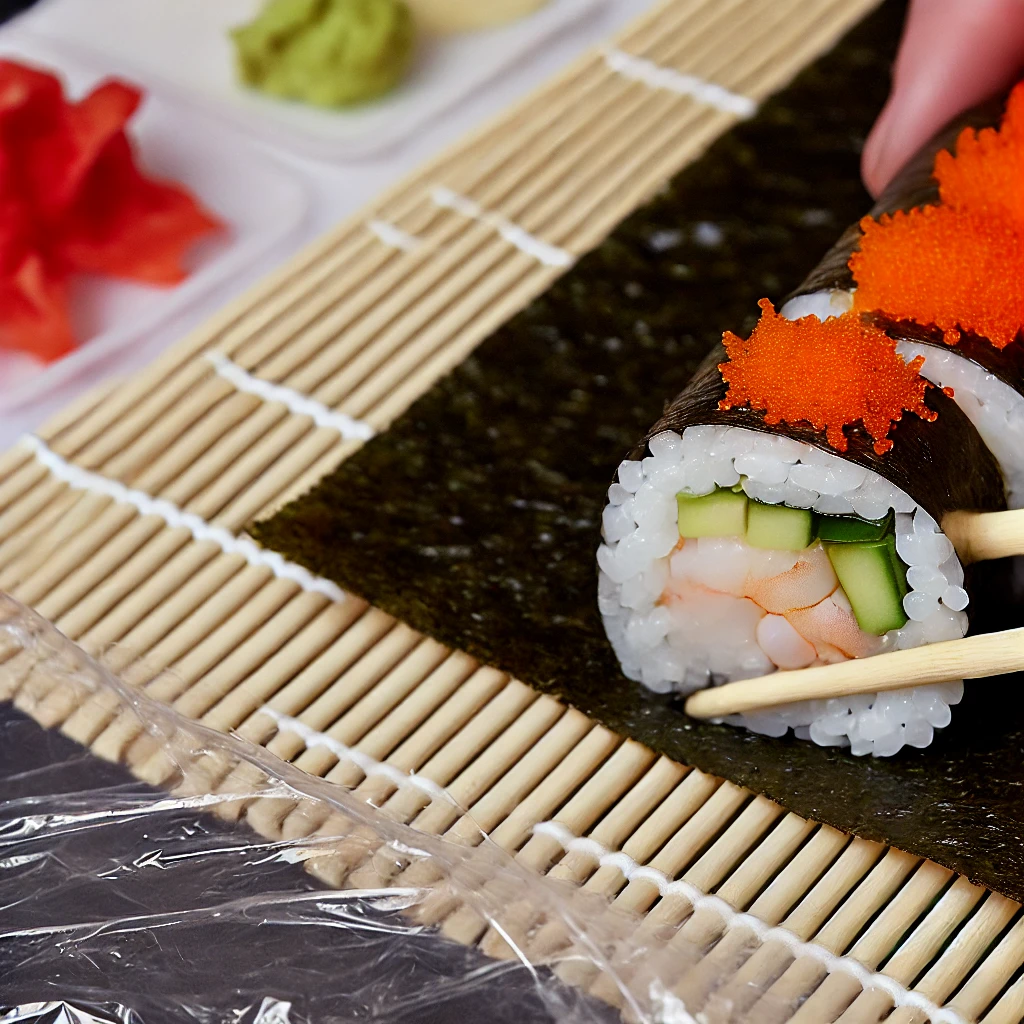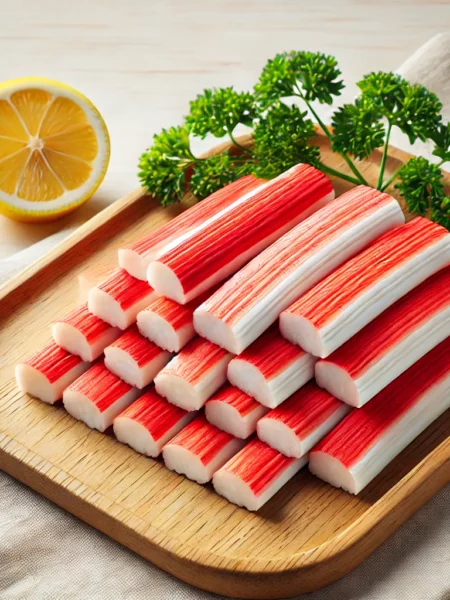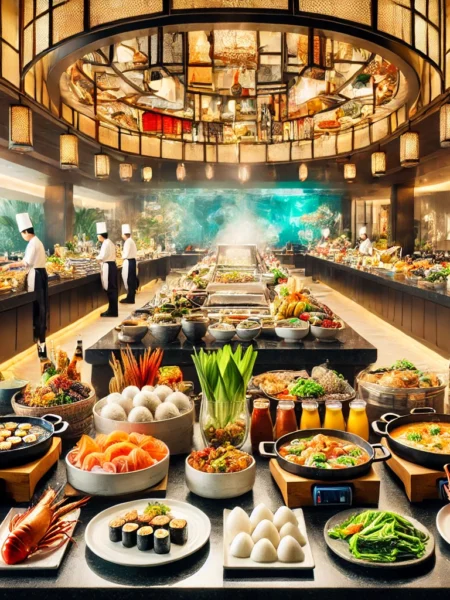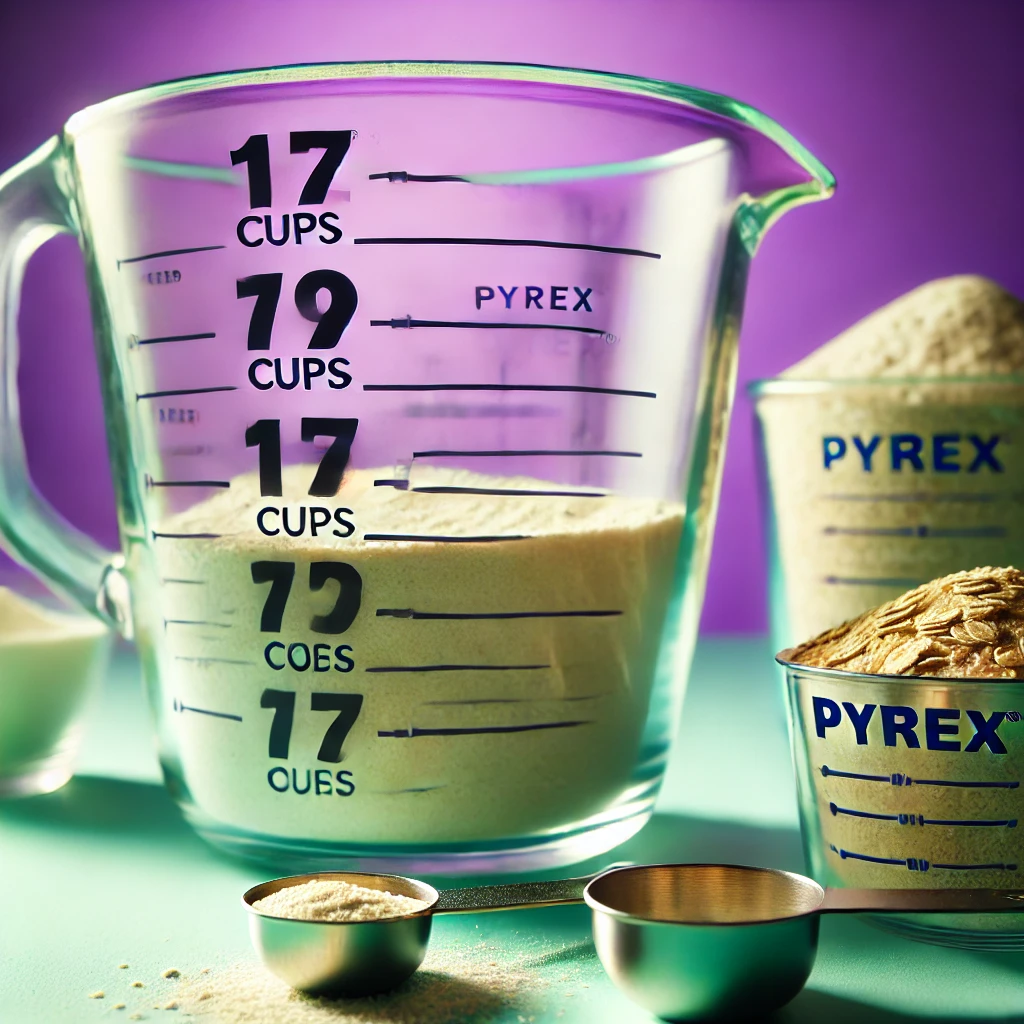
Kanikama: The Story, Taste, and Best Choices for Imitation Crab Lovers
Description
Discover the Making, Flavor Profile, and Top Kanikama Recommendations

What Is Kanikama (or Surimi)?
Kanikama, often referred to as "imitation crab," is a type of seafood product widely popular in various Asian and Western cuisines. It is made from surimi, a processed paste primarily composed of white fish (typically pollock or hake), which is seasoned and formed to replicate the taste, texture, and appearance of crab meat. Despite its name, Surimi does not contain actual crab meat, making it a cost-effective alternative that is versatile in dishes like sushi rolls, salads, and soups.
How Kanikama Is Made – The Story of Surimi
The production of surimi, which originated in Japan, involves a meticulous process to achieve a crab-like consistency and flavor. Fresh fish fillets are deboned and minced into a fine paste, which is then washed repeatedly to remove fats and impurities. Afterward, the paste is seasoned with ingredients such as starch, egg whites, salt, and sugar, giving it a firm texture. Artificial flavorings, sometimes including crab extracts, are added to mimic the taste of crab. This mixture is then shaped into crab-like sticks, steamed, and packaged as Surimi.
What Does Kanikama Taste Like Compared to Other Seafood?
Kanikama has a mild, slightly sweet flavor with a subtle hint of seafood. It is less fishy and softer than actual crab, which some people appreciate for its pleasant texture and taste without being overpowering. Compared to real crab meat, Surimi lacks the natural brininess but is favored for its light, refreshing flavor. Its texture is firm yet tender, making it a unique experience compared to shrimp, lobster, or authentic crab.
What Makes Kanikama Special?
Kanikama stands out for its affordability, versatility, and nutritional value. It is lower in calories than real crab, with less fat, making it a diet-friendly option. Additionally, Surimi is rich in protein and easily integrates into various dishes, providing a budget-friendly way to enjoy a crab-like taste. Its long shelf life and consistent flavor also make it a staple ingredient in households worldwide.
People's Opinions After Trying It
People's reactions to Kanikama vary widely. Many enjoy its taste, describing it as a pleasant alternative to crab, especially in sushi. Some love its mild, non-fishy taste and find it a convenient protein source, while others who prefer authentic crab may find Surimi lacks the depth and texture of fresh seafood. However, it remains a popular choice for its affordability and convenience.
The Best Type of Kanikama Recommended
When looking for high-quality Kanikama, it's best to choose brands that use minimal additives and higher-quality fish. Japanese brands are typically recommended, as they often use traditional methods and better ingredients. Some top-rated options include brands like "Yamasa" and "Kibun," known for their authentic taste and texture. Look for Surimi that has a firmer consistency and fewer artificial flavorings for the best experience.
Related


Note
Handpicked Recipes















